Szucs and Quisling Show Some Skin
Julia Durst really liked "Volatile Bodies" by Rob Quisling and Suz Szucs, at Washington Galleries, 315 N. Lake Ave., Duluth. Up through August 28. Gallery hours are Sat & Sun 1-5 pm (or by appointment).
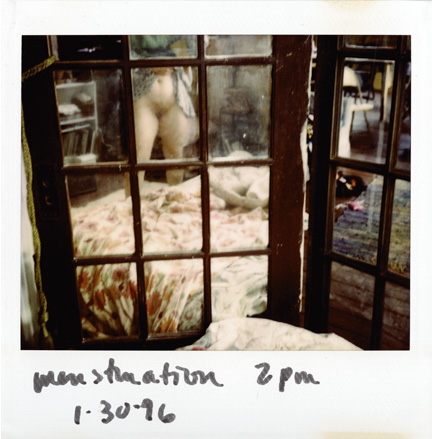
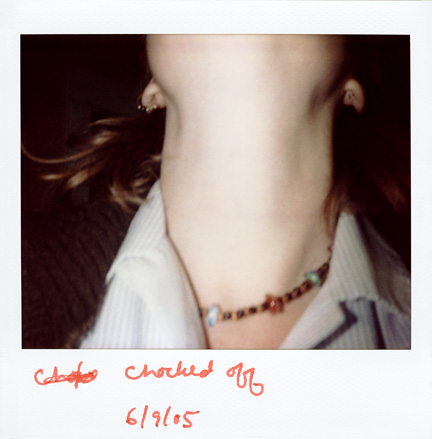
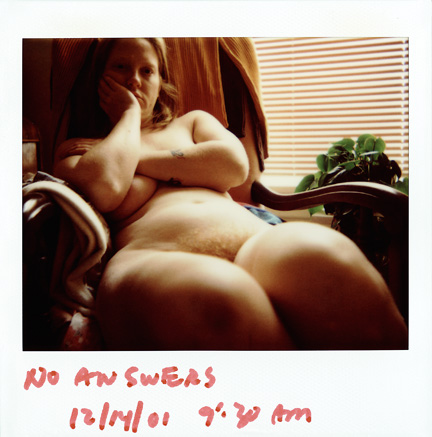
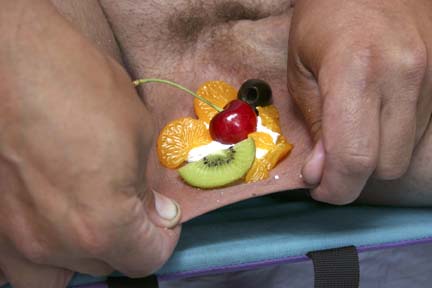
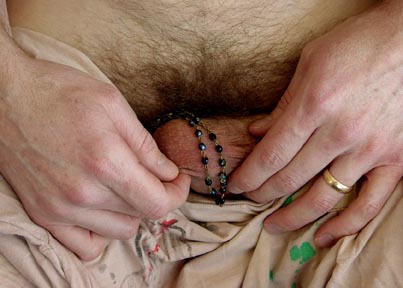
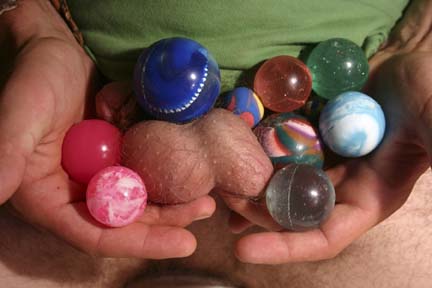
Food, drink, pulse, digestion, sweat, sleep, walking, swimming,
Poise on the hips, leaping, reclining, embracing, arm-curving and tightening…
O I say these are not the parts and poems of the body only, but of the soul.
– Walt Whitman, “I Sing the Body Electric,” 1855
Artists have for centuries idealized, moralized and sexualized the human form. Poet Walt Whitman was one of the first to celebrate carnality, explicitly and unabashedly honoring every part of the anatomy. His unrhymed, experimental verse pissed off a lot of people, but it was his supposedly bawdy content that got his work banned. Whitman sang the body electric, and poetry was never the same.
A century and a half later, on an admittedly much smaller scale, two photographers have pulled a Whitman. Suzanne Szucs and Robb Quisling are inviting Duluth viewers with “Volatile Bodies,” showing at Washington Galleries through August 28. Each artist presents work from separate ongoing projects dealing with the body and related themes of vulnerability and identity. Offensive to some while ingenious to others, the show forces viewers to acknowledge their own physical selves: how they use, abuse, and live in their bodies every day. To do this, Szucs becomes her own subject, while Quisling turns his lens on 15 male models.
On Szucs’ half of the gallery, “Journal, In Progress” tracks the perimeter of the room in a side-by-side presentation of 7″x7″ photographs. The inkjet prints are reproductions of Polaroids from a collection of over 4,000. (Since January 1994, Szucs has taken one photo of herself every day.) She chose 59 for this exhibit.
As she describes in her artist statement, Szucs appears in “every type of moment– heartache and happiness, drunkenness and sex… beauty and repugnance.” The photos are honest. Viewers become voyeurs to private moments in the bathtub and bedroom, at the bar and around the campfire. The artist acknowledges much of what women conceal or deny: stomach fat, pubic hair, menstruation– their physicality. Is this feminist art? Possibly. Szucs uses her own body as her medium to confront issues very directly. But ultimately the series transcends categorization, innovative in its personal depictions of universal experiences.
Szucs’ vulnerability moves the viewer. She makes no attempt to conceal her identity and quite courageously lets the world into her unkempt, ungroomed moments. Quisling’s niece innocently asked why Suz made herself look so ugly in the pictures– a comment that unwittingly got at Szucs’ most basic question: Why is this considered ugly? Why is the body, doing what the body does, ugly?
Robb Quisling took a more depersonalized approach to the body to explore issues of masculinity. “Nest Project” features large, close-range photographs of men with different household objects in their scrotums. Quisling required his models to choose their own objects, asking them, “If the scrotum were a nest, what objects would belong in it?” The results are a fun and revealing absurd assortment, including rubber bouncy balls, cookie cutters and artfully arranged fruit salad. Some choices hint at something more serious and dark: a strand of rosary beads, a small padlock.
Quisling says he was thinking of advertising and how men might market themselves if they were reduced to their testicles. “It’s like, ‘This is the gland that helps me be a man,’” and the photographs define a man’s “identity, saying ‘This is what I have to offer’.”
Model participation was paramount to the project. Though the men selected their own scrotum still lifes, they had to rely on Quisling to set it in place while their hands held their scrotums. They also had to endure the close proximity of his camera lens. Quisling notes the trepidation of the task, remarking, “It’s like feeding a dog you don’t know.”
Though “Nest Project” might seem to demand ultimate vulnerability from its subjects, that wasn’t quite the case. The models’ identities were protected, most of them working only on the condition that they remain anonymous. Also, Quisling speculates that since the men didn’t show their penises, they didn’t really feel naked.
The dual presentation of the separate projects adds dimension to the show. Szucs comments on how surprised she was by the strong feminine versus masculine energies of the separate rooms. Quisling’s large prints read as billboards for virility; like any good ad, they hit with instantaneous effect. Szucs’ images beckon for closer encounters. They whisper, nuanced but candid. Quisling recalls one man at the opening reception who was so uncomfortable with Szucs’ work that he couldn’t be on her side of the gallery. “He said he felt like she was trying to be intimate with him,” Quisling explains.
“Volatile Bodies” is easily one of the boldest and most richly conceptual exhibits Duluth has seen. Szucs and Quisling are both accomplished artists. Szucs holds her MFA from the School of the Art Institute in Chicago, has taught art at several colleges, and recently exhibited at galleries in Chicago, Minneapolis and Duluth. Quisling works in photography and relief printmaking, which he has come to master after over 10 years in the medium. He has studied under printmaker Cecelia Lieder and is finishing up his B.A. in art education at UMD. His senior exhibition, which may include part of the “Nest Project,” is slated for November at the Tweed.
Washington Galleries is the ideal venue for “Bodies,” and likely one of the few that wouldn’t balk at the work’s content. However, even Washington posted signs at the gallery’s entry warning of the nudity inside– which brings us back to issues of the flesh and the peculiar scandalousness of anatomy. Whitman believed the body was the soul, and thus the body (and its every freckle, follicle and fart) should be held sacred. He wrote,“That of the male is perfect, and that of the female is perfect.” Szucs and Quisling honored this theory in their own way, with photographic proof.
Suz Szucs’ mnartists.org web page Robb Quisling’s mnartings.org web page